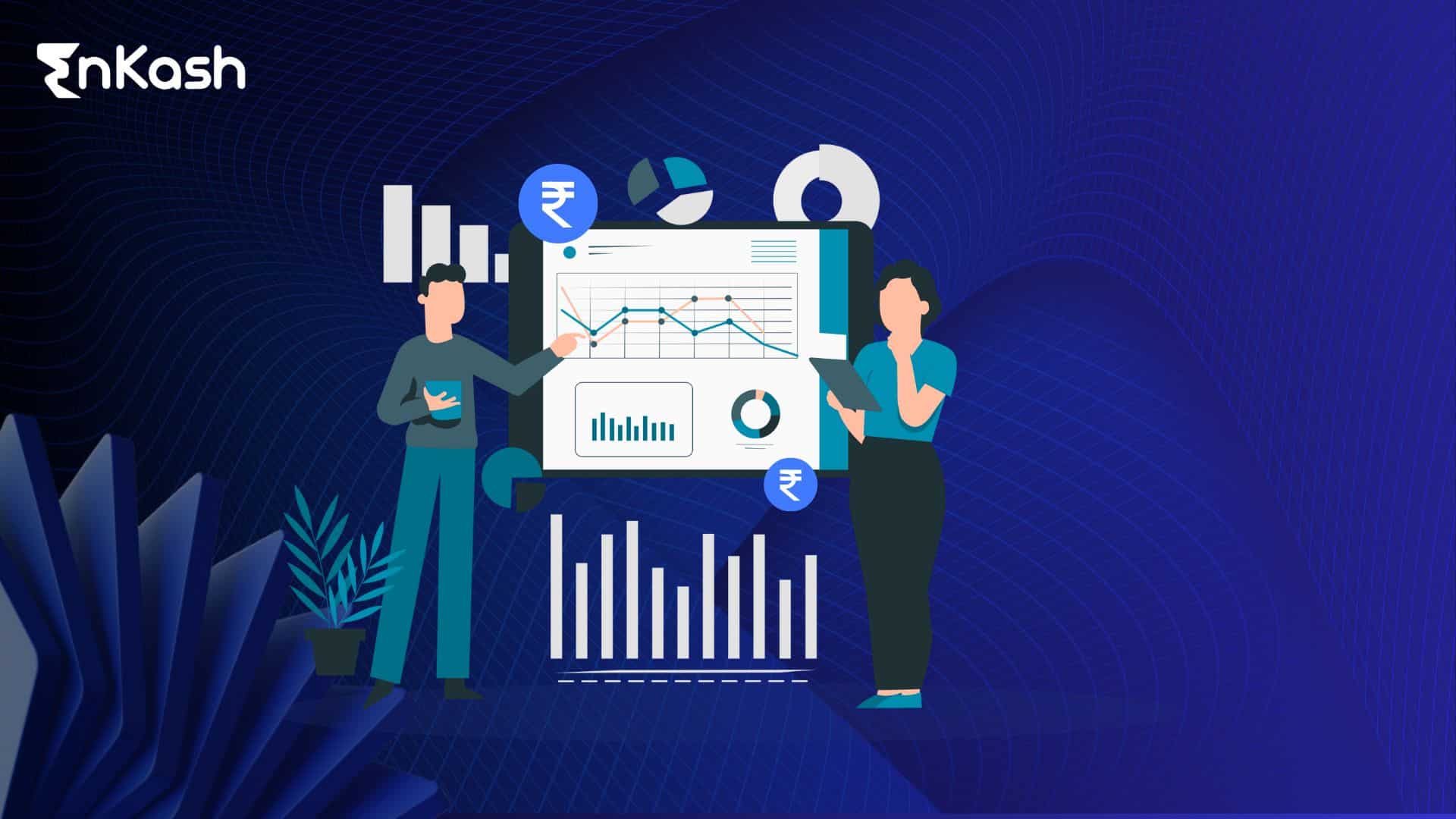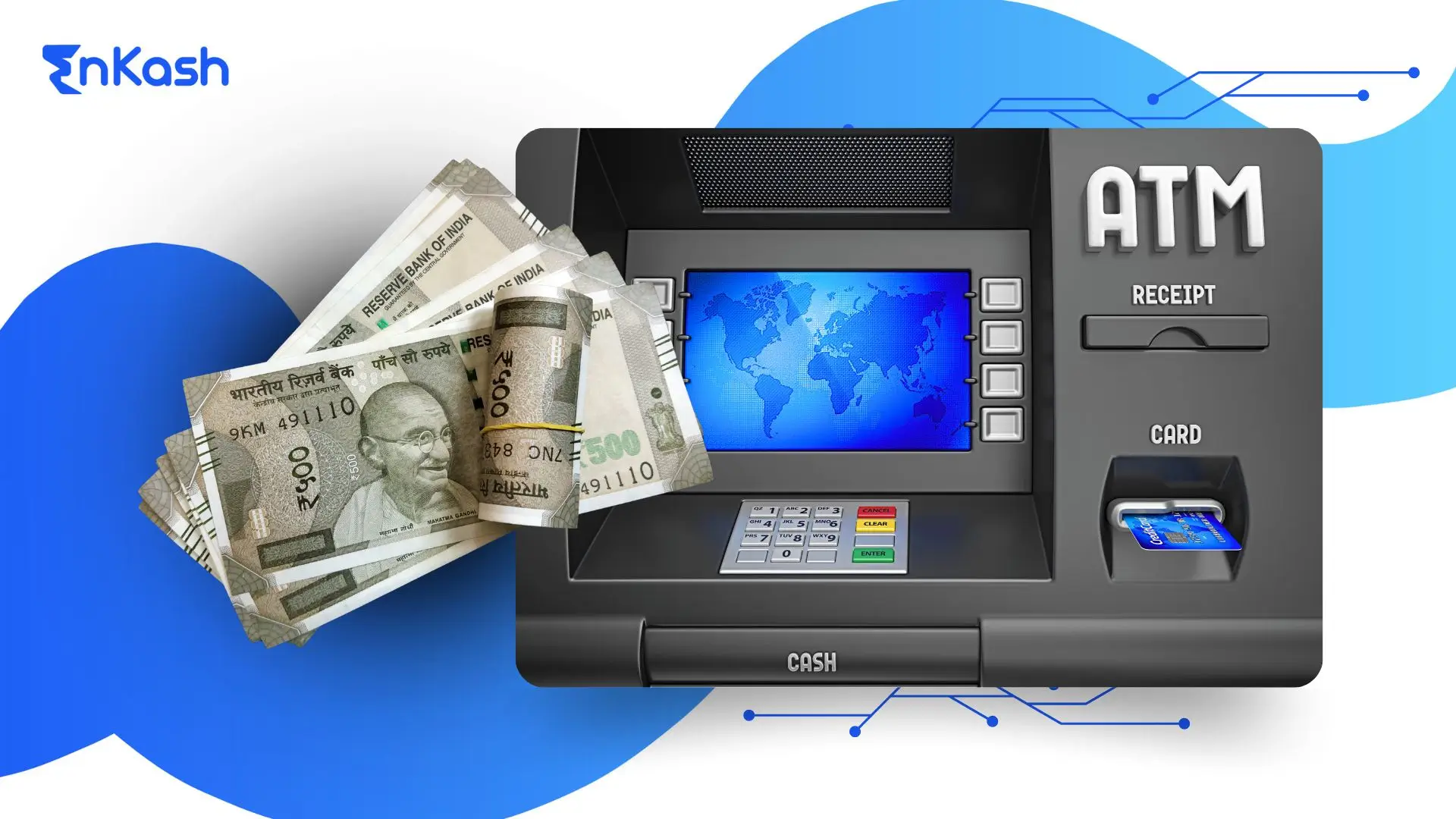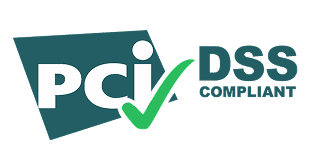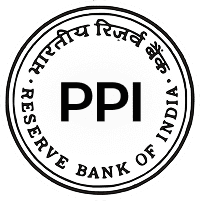Operating expenses (OpEx) are the cost of running a business on a day-to-day basis. They cover everything from rent, utilities and payroll to administrative costs and directly impact a company’s profit margins. Managing and controlling operating expenses is key to maintaining the good financial health of a business and facilitating sustainable growth. Understanding how to calculate operating expenses can help businesses ascertain how to allocate funds in the most cost‐effective way in order to optimize their resources. Using targeted strategies to minimize unnecessary expenditures can help businesses improve operational performance and boost their bottom line.
What is OpEx? – A Comprehensive Overview
Operating expenses (OpEx) are the cost a business incurs to keep its doors open on a day-to-day basis. Common operating expenses include rental payment, utilities, employee salaries, office supplies, marketing materials and any other costs to keep a company running. Learning how to control operating expenses is essential to execute business as usual, and to generate revenue. Without OpEx, a business would not be able to sustain its day-to-day activities.
It’s critical to know the difference between operating expenses and capital expenditures (CapEx). OpEx is related to the routine and recurring costs of running a business. On the other hand, CapEx is concerned with the larger investments in long-term assets such as equipment, machinery or property. For instance, to buy a new machine is a capital expenditure; to pay the electricity bill to power the same machine is an operating expense. The primary difference between the two lies in the timeframe – OpEx are immediate and recurring while CapEx are investments that help the business in the long run.
What is OpEx in financial terms? OpEx directly impacts a company’s capability to reinvest or distribute funds to its shareholders. This is because higher operating expenses can lower profits. On the flip side, if you understand how to manage operating expenses, it can lead to improved financial stability and performance.
What are the Different Types of Operating Expenses?
Operating expenses may vary depending on the nature and type of your business. They generally include costs that are essential to maintain the working of the day-to-day business.
Below are a few examples that explain what a typical operating expenses list includes.
Administrative Expenses
Administrative expenses are the costs associated with managing and running the business. These expenses can include things like stationary, accounting fees, legal consultancy fees, and salaries of administrative staff. Administrative expenses are essential to keep the business running efficiently.
Employee Salaries and Wages
One of the biggest operating expenses incurred by any business is paying employees. This includes wages, salaries or bonuses. It also includes the benefits most companies provide for their employees, such as health insurance or retirement contributions. Payroll can be a major expense, but it is essential for a productive workforce and positive employee experiences.
Read More: Payroll Process
Rent and Utilities
Rent for offices, warehouses, storage places and retail locations, along with utility charges like electricity, water, and internet, are examples of recurring operating expenses. If you want to keep your business running, these expenses must be managed and paid for on a timely basis.
Marketing and Advertising
Marketing and advertising expenses are the costs companies have to bear to promote the brand, product or service. For example, these could be costs incurred for traditional ads, or digital marketing aids, like content strategies, social media, email and online ads. If you want to acquire and retain customers, these expenses are unavoidable.
Also Read: Digital Marketing for Small Businesses
Repairs and Maintenance
Repair and maintenance expenses for machinery, equipment and office facilities owned by the company, fall under the category of operating expenses. If equipment breaks down, it can lead to delays and losses. Routine maintenance and repairs can avoid such issues and help run businesses without any disruptions.
Insurance Premiums
Typically, businesses have to pay premiums for different types of insurance, such as liability, commercial property, cyber, and worker’s compensation. These expenses are essential to protect the company against risks and liabilities that could lead to substantial losses.
Travel and Transportation
For companies whose staff must often travel, whether for appointments with clients, seminars, conferences or deliveries, travel and transportation are common operating expenses. It could include specific costs such as airfare, hotel reservations, fuel and car maintenance.
Depreciation and Amortization
Though not a direct cash expense, depreciation and amortization are also reported under operating expenses. These capture the decrease of value that occurs over time in machinery, vehicles or intellectual property. Businesses typically set aside a portion of the asset cost as expenses to reflect the gradual loss in value.
Supplies and Inventory
For many organizations, for example, manufacturers and retailers, the cost of raw materials used in production, or goods held for future sale (inventory), is an important part of their operating costs.
Knowing the different types of operating expenses can help businesses manage their budget, resources and supply chain operations more efficiently. This will eventually lead to improved profitability and growth.
Read More: Expense Management
How to Calculate Operating Expenses?
Calculating operating expenses (OpEx) is crucial in understanding whether a business is financially healthy and profitable. All the costs that a company incurs to run its daily activities is categorized under operating expenses, excluding the cost of goods sold (COGS) and capital expenditures (CapEx). Accurate calculation of operating expenses can help companies manage their finances, better allocate resources and make strategic decisions.
Operating Expenses Formula
The basic operating expenses formula is:
Operating Expenses = Total Expenses − Cost of Goods Sold (COGS) − Non-Operating Expenses
To simplify, you subtract the cost of goods sold (the direct costs related to good production) and non-operating expenses (costs not directly tied to the core business operations) from the total expenses to arrive at operating expenses.
Step-by-Step Calculation
- Identify Total Expenses: The first step is to calculate the total expenses of the business, which includes the outflows of money due to operations, purchases and other obligations.
- Exclude COGS: Cost of goods sold consists of direct costs associated with creating a product or providing a service (such as materials or labor). As the cost is not a part of operating expenses, it must be excluded.
- Exclude Non-Operating Expenses: Interest payments, loss on sales of an asset, or generally speaking, any costs incurred that are not related to daily operations, must be excluded when calculating operating expenses.
Example of Operating Expenses Calculation
Let’s understand how to calculate operating expenses with an example. Below is a company’s financial data for a month:
- Total Expenses: ₹200,000
- Cost of Goods Sold (COGS): ₹80,000
- Non-Operating Expenses: ₹20,000
To calculate the operating expenses, use the formula:
Operating Expenses= ₹200,000 − ₹80,000 − ₹20,000 = ₹100,000
In this case, the company’s operating expenses for the month are ₹100,000.
Importance of Accurate Calculation
If you want to understand the financial health of your business, ensure accurate calculation of operating expenses. High operating costs can eat into the profit margin while optimizing operating expenses can lead to increase in profits. By calculating OpEx, businesses can identify cost-cutting opportunities or processes that can be improved upon.
Understanding operating expenses helps businesses to calculate operating margin and operating profit, which are among the key performance indicators for how efficiently a company runs a business relative to its costs.
What is the Structure of an Operating Cost Format?
A basic operating cost format is useful for documenting a company’s daily expenditures. It allows one to organize information in a simple format and keep track of expenses better so that decisions can be taken in a more efficient and agile way. Here are the essential components for drafting a basic operating cost format.
Key Components of an Operating Cost Format
- Header Information
The document structure consists of the company name, the reporting period, and the title, such as ‘Operating Expenses Report’. It can be written on a monthly, quarterly or on an annual basis. - Expense Categories
Group all operating expenses under clear categories. The typical expense categories are as follows:- Administrative Costs: Office supplies, legal fees, and staff wages for administrative tasks.
- Employee Salaries and Benefits: Salaries, bonuses, wages and benefits like health insurance.
- Rent and Utilities: Expenses related to office rent, electricity, water, and internet services.
- Marketing and Advertising: Costs related to promoting the business, including online and offline advertising.
- Maintenance and Repairs: Costs for the upkeep of equipment and facilities
- Insurance Premiums: Business insurance policies, such as property or liability insurance.
- Itemized Expenses
When making the operating expenses list, each expense must be outlined in detail in the appropriate category. For example, when itemizing ‘Rent and Utilities,’ mention rent, electricity, and water, along with the amount spent on each. - Total Operating Expenses
Add up all the expenses from the categories, to arrive at the total operating expenses for a period.
How to Reduce Operational Expenses?
In order to survive and grow, business organizations need to manage and reduce operating costs. Although some of the expenses can not be totally removed, businesses can work on improving current processes. Here are a few ways to control operating expenses.
Review and Renegotiate Vendor Contracts
Businesses can talk to vendors, review contract terms and renegotiate with them for discounted rates. Developing a good relationship with suppliers and vendors could lead to better terms and conditions, lower prices and bulk purchase discounts. In the long-term this can help reduce costs on materials, services, and other operational necessities.
Automate Redundant Processes
Companies wanting to improve productivity while reducing costs, should consider automation. For instance, if an organization automates the functions such as customer service or making invoices, it eliminates the cost of human labor, is less likely to make mistakes, and becomes more productive in the long run. Businesses can use software, and AI to automate activities such as payroll, inventory management, and to reduce overheads.
Save on Utilities
Energy costs are unavoidable. They account for a large percentage of business operating costs. Businesses can reduce these costs by using energy-efficient machinery, and heating and cooling systems. Conducting educational seminars and encouraging employees to conserve energy may help. One can conduct energy audits to identify areas that can be improved upon.
Consider Outsourcing Non-Core Activities
Companies could outsource IT support, payroll, customer services or other non-core business activities. The benefits include dedicating the business’s time and resources to core functions and reducing the overhead costs. It also allows companies to work with industry experts, without incurring the costs of recruiting and training personnel for that purpose.
Offer Remote or Hybrid Work Environments
Allowing employees to work remotely presents several advantages. For example, companies can cut down on operating costs, such as rent for office space and maintenance costs for office buildings, including utility bills. By moving to a hybrid or a remote work model, companies can function with the same employee strength but reduce operational costs.
Regular Review of Operating Expenses
By reviewing operating expenses on a regular basis (for example, doing so every few months), companies can prevent unnecessary spending. If management remains mindful of the budget and keeps track of expenses, it can adjust spending where appropriate and avoid excessive costs. Financial tracking tools can help identify overspending issues, which the companies can then work on promptly.
Businesses can control operating expenses by implementing cost-cutting practices, making informed investments, and regularly reviewing expenses. These strategies can help businesses optimize operations, and increase overall profit.
Read More: Difference between Expense and Expenditure
What is the Difference Between Operating Expenses and Capital Expenditures?
Businesses commonly have two kinds of expenses – Operating expenses (OpEx) and Capital Expenditures (CapEx). Knowing the distinction between the two is necessary for financial planning and reporting. OpEx represents those costs that are needed to run a business on a daily basis, while CapEx are investments in long-term assets that provide value over time.
What is CapEx?
Capital expenditures (CapEx) are expenses associated with acquiring or upgrading physical assets. This is spending on property, plant, equipment and technology. CapEx involves long-term projects meant to increase productivity, expand business capabilities, or raise asset value. For example, making a large purchase like getting a new manufacturing machine or upgrading your office infrastructure.
CapEx is reported on the balance sheet as an asset which depreciates over years rather than a direct deduction from the company’s income. This means businesses spend money upfront but the total cost is spread through the life of the asset.
Differences Between OpEx and CapEx
- Timeframe: Operating expenses are recurring costs over the short term. CapEx represents long-term investments.
- Accounting Treatment: OpEx is fully expensed in the year incurred, while CapEx is capitalized and depreciated over several years.
- Purpose: The purpose of OpEx is to keep the day-to-day operations of the business going
Operating expenses are for maintaining daily business functions, whereas CapEx is for investing in assets that could provide future economic benefit.
Examples
- Operating Expenses: Rent, employee wages, utilities, office supplies.
- Capital Expenditures: Purchasing machinery, renovating buildings, upgrading technology.
What is the Impact of Operating Expenses on Profitability?
Operating expenses are vital in determining a company’s profitability. These recurring and short-term costs directly impact operating income and net profit. High operating expenses can lead to lower profit margins, while effective cost management can improve profitability and overall performance.
Operating Income: Also known as operating profit, it represents the profit a company makes from its key business activities, excluding interest and taxes. Operating income is calculated by deducting operating expenses from gross income. The higher the operating expenses, the lower the operating income, limiting a company’s ability to reinvest or provide returns to shareholders.
Impact on Profit Margin: Operating expenses have a direct effect on profit margins. If the revenue does not increase, businesses with high fixed costs may see reduced margins. On the other hand, businesses that learn to control operating expenses can achieve high profitability even if their revenue growth is moderate.
What is The Role of Operating Leverage in Managing Operating Expenses?
Operating leverage is a financial concept that determines how efficiently a company can raise its operating income by managing its fixed operating costs. This is one of the most important ratios in determining how a company benefits from a sales increase and the underlying relationship between fixed and variable costs.
What is Operating Leverage?
A company with high operating leverage has a larger percentage of fixed costs in its cost structure. These fixed costs remain consistent irrespective of a company’s sales performance. If sales increase, revenue grows faster than expenses and profitability gets a boost. However, if sales decline, the firm is forced to bear high fixed costs, and profitability may suffer.
Why Does Operating Leverage Matter?
Higher Profit Margins: If a firm has a high operating leverage, it can significantly benefit from small increases in sales. Since its fixed costs won’t change, any increase in revenue will correspond directly to increased profits.
Risk of Revenue Decline: On the flip side, businesses with high operating leverage face higher risks when a downturn in the economy or slow sales occur. Minor declines in revenue can negatively impact a business’s profitability as the fixed costs remain unchanged.
How to Manage Operating Leverage?
To manage operating leverage effectively, businesses can focus on below strategies:
Revenue Maximization: Increasing sales volume and optimizing pricing strategies can help companies with high operating leverage increase profitability.
Control Fixed Costs: Keeping fixed expenses, such as rent and long-term contracts, under control allows businesses to remain flexible and adapt to changes quickly.
Conclusion
Businesses looking to not only survive but prosper must concentrate on managing and controlling operating expenses. A typical operating expenses list includes rent, salaries, premium payments, utilities, and other expenses, which are directly linked to the company’s profitability.
Knowing the nature of these expenses and employing control strategies can help businesses improve financial and operational efficiency. Regular tracking of operating expenses helps businesses optimize resource allocation and identify cost-saving areas and financial issues early on. Companies that can reduce unnecessary spending without compromising on quality can have better profit margins and long-term growth.
Read More: Financial Accounting
FAQs
How do operating expenses affect a company’s cash flow?
Operating expenses directly impact a company’s cash flow as they represent the recurring costs required for running a business on a day-to-day basis. If the operating expenses, they can stretch out cash flow and leave the business with less cash for investment and debt payments. Effectively managing operating expenses can maintain healthy cash flow and provide businesses with investment flexibility.
How do operating expenses impact a company’s valuation?
Operating expenses do influence a company’s valuation, especially when investors evaluate the company’s performance. In the case of high operating expenses without corresponding revenue, companies could be less profitable, hurting its valuation. In contrast, if the company knows how to control operating expenses while generating revenue, it can provide a better financial picture to the investors and attract a better valuation.
Are operating expenses tax-deductible?
Yes, most operating expenses can be deducted from taxable income. This includes expenses such as rent, salaries and wages, office supplies, and utilities. However, there are exceptions, so businesses must consult financial advisors to ensure proper categorization of tax-deductible expenses.
Can a business’s operating expenses vary by industry?
Yes, operating expenses can vary significantly depending on the industry. For example, manufacturing businesses can have high costs for machinery upkeep, raw materials, and labor. On the other hand, a service-based company can have high costs for payroll, office rent, and marketing. Knowing industry-specific operating costs is essential for accurate financial planning and cost management.
How do operating expenses affect a company’s profitability ratio?
The lower the operating cost relative to revenue, the higher the profitability ratio. Other financial indicators such as operating margin and net profit margin rely on how well businesses can control their operating expenses; the better the control, the higher the company’s profitability ratio.
Can a company reduce operating expenses without affecting quality?
Yes, companies can reduce operating expenses while retaining or improving quality. For example, companies could eliminate redundant tasks by automating processes, renegotiating vendor contracts, outsourcing non–core business activities and adapting energy-saving technologies. These practices can bring down costs while improving efficiency.
What is the role of operating expenses in a break-even analysis?
Operating expenses are a vital factor in determining the point at which total revenue equals total costs, and the business neither makes a profit nor incurs a loss. By calculating the fixed and variable operating costs, businesses can identify the minimum sales needed to cover these expenses. The break-even analysis can help businesses develop better pricing strategies.
How can technology help businesses manage operating expenses?
Businesses can leverage technology to automate processes like payroll, inventory management, and customer service. It can help reduce human errors and labor costs while improving overall efficiency. With the help of financial tools, one can know at a glance the expenses incurred. Management can then make informed decisions and optimize processes to reduce operating expenses.
Why is it important to regularly review operating expenses?
Regularly reviewing operating expenses ensures that businesses don’t overspend in areas that could be optimized or reduced. It allows management to identify unnecessary costs and adjust spending to improve profitability. Expense reviews can help businesses stay agile, empowering them to adjust to changes in market conditions quickly and effectively.
How do operating expenses relate to operational efficiency?
Operational efficiency is closely tied to managing operating expenses. A company that can create the same quality of products or provide services at lower operational expenses can be deemed highly efficient. Improved operational efficiency can be achieved by reducing operational costs, and optimizing resource allocation and processes.








